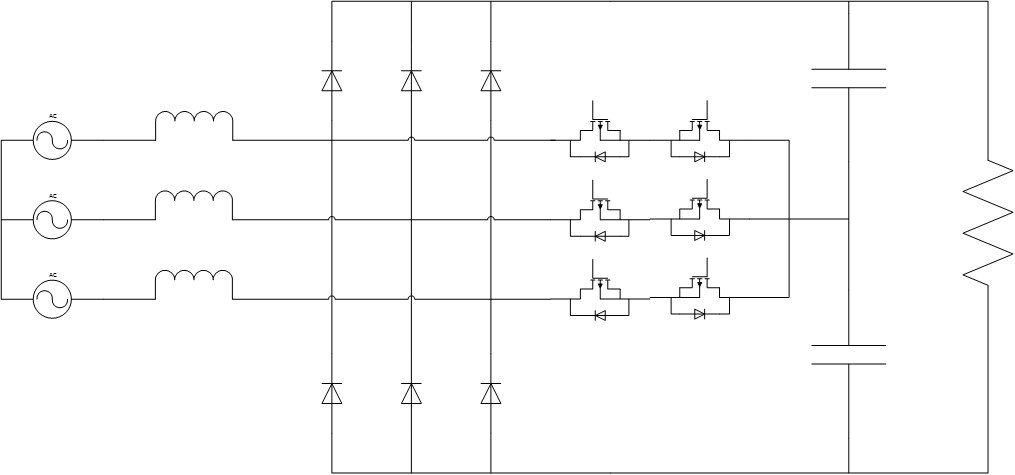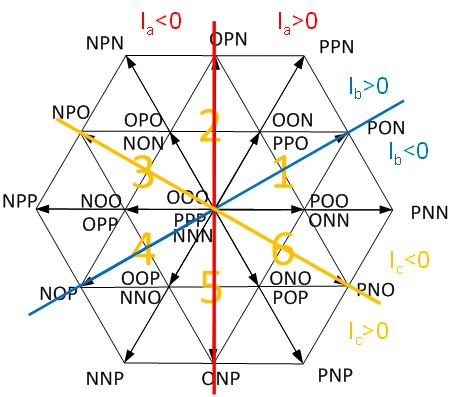LIBRARY
Discontinuous Pulse Width Modulation Methods with Neutral Point Voltage Balancing For Three Phase Vienna Rectifiers

In two-level three-phase PWM converters, discontinuous modulation methods are widely used to reduce the switching loss by maintaining one phase leg un-switched during each switching period. A similar modulation technique can also be applied to Vienna rectifiers. This research presents two DPWM methods for three phase Vienna rectifiers. One for switching loss minimiza-tion, as shown in Figure 3b, and one for switching loss reduction with the neutral point voltage controllability, as shown in Figure 3c. The detailed implementation of the two modulation meth-ods are presented. System performance with the proposed two modulation methods are compared with the commonly used discontinuous PWM modulation method as shown in Fig. 3a, in reference to semiconductor loss and neutral point voltage. The analysis is verified through both simulation and experimental verification based on a 3 kW Vienna rectifier with 99.08% efficiency at nominal load.

.jpg)
.jpg)
.jpg)






















































































